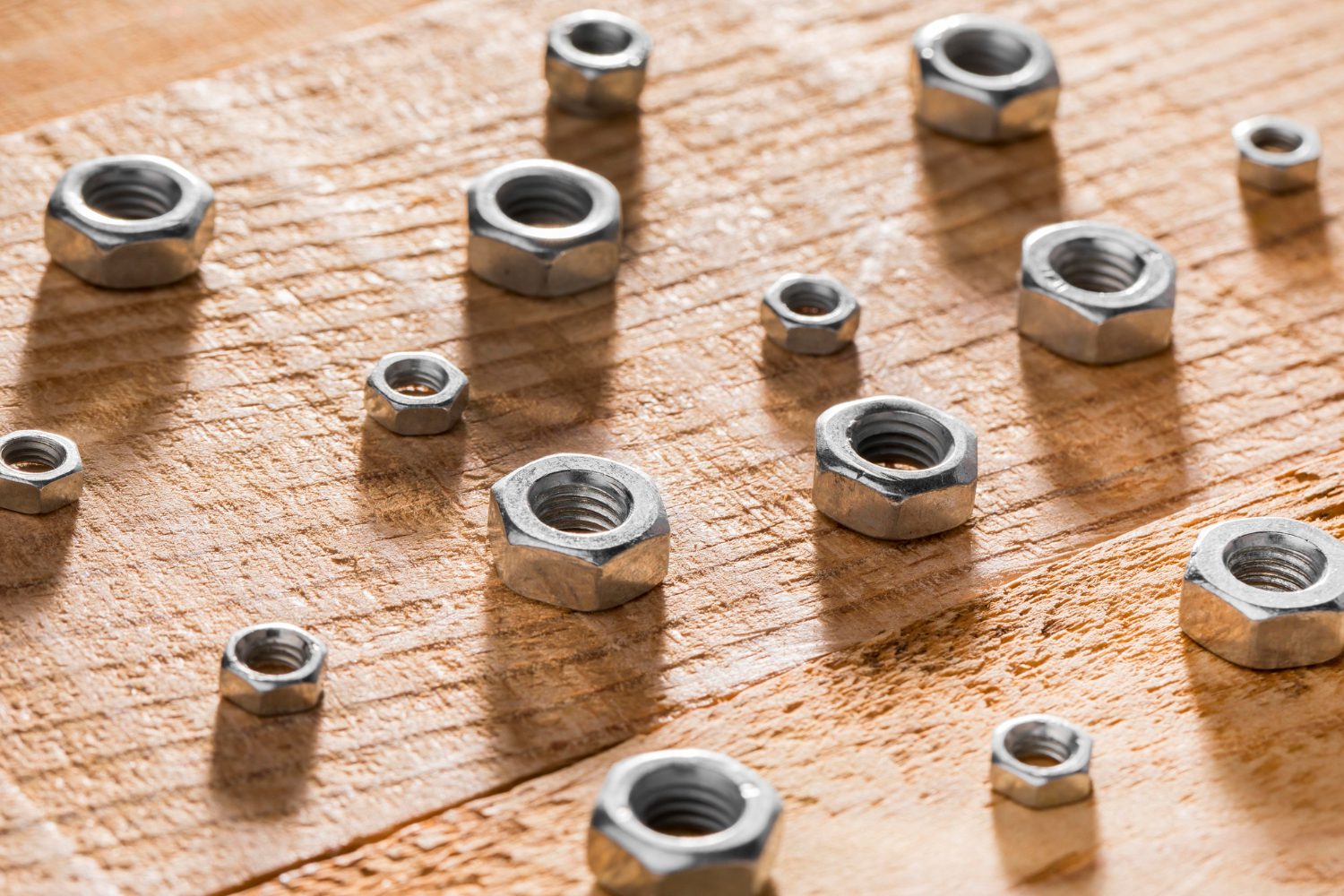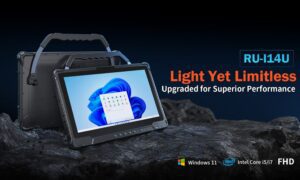B7 high strength threaded rods are integral in construction, manufacturing, and various industries because of their unparalleled tensile strength and stability.
However, their performance is not solely dependent on their material composition but also significantly influenced by the environmental conditions in which they are stored.
This will examine the myriad of environmental factors that can impact the integrity and longevity related to different types of rods and provide comprehensive insights into effective storage practices.
BACO Enterprises, Inc. is renowned for supplying top-quality B7 high strength threaded rods, emphasizing the importance of quality materials and stringent storage guidelines.
Understanding Strength Standards
B7 high strength threaded rods, identified by standards such as ASTM A193 B7 high strength threaded rods, F1554-105 B7 high strength threaded rods, Alloy Steel B7 high strength threaded rods, and A197 high strength threaded rods, are designed to meet specific engineering and construction demands.
They are favored for their robustness and adaptability but require careful handling and storage to maintain their structural integrity over time. Recognizing the material specifics and vulnerabilities of each rod type is the first step in ensuring their durability and performance.
The Role Of Environmental Factors
Environmental conditions significantly influence the lifespan and reliability of threaded rods.
Critical factors include:
Temperature: Fluctuations and extremes can cause expansion, contraction, and other microstructural changes.
Humidity: Moisture can initiate and accelerate corrosion processes, particularly rust in iron-based materials.
Chemical Exposure: Contact with corrosive substances can lead to rapid degradation and structural weakness.
Physical Stress: Improper handling and storage can induce stress and deformation, compromising the rods’ integrity.
Protective Storage Measures
Effective storage measures are essential for mitigating the detrimental effects of environmental factors:
Controlled Environment: Maintaining a stable, climate-controlled environment helps prevent temperature and humidity-induced damage.
Protective Coatings: Coatings can safeguard against moisture and chemical exposure, prolonging the rod’s lifespan.
Proper Handling and Support: Educating staff on handling and storage techniques reduces the risk of physical stress and damage.
Temperature And Humidity Control
Stable temperature and low humidity levels are crucial to prevent thermal stress and moisture-related corrosion. Implementing systems to regulate these environmental factors can significantly extend the material’s life and performance.
Chemical Interactions And Corrosion
Understanding the chemical resistance of different rod types and maintaining clean, ventilated storage can prevent harmful interactions. Regular inspections for signs of chemical damage or corrosion are vital for early detection and intervention.
Physical Stresses And Handling
Correct handling and storage practices are imperative to avoid imposing additional stress on the rods. Training and proper storage infrastructure are vital to maintaining the rods’ structural integrity.
Long-Term Storage Considerations
A proactive approach, including regular inspections and maintenance, is essential for the long-term preservation of B7 high strength threaded rods. Rotating stock and addressing issues promptly ensure that no rod suffers from prolonged exposure to detrimental conditions.
Industry Standards And Compliance
Adhering to industry standards and regulations is critical for ensuring the safety and performance of threaded rods. Compliance protects against legal and financial repercussions and ensures the reliability of the rods in their applications.
Addressing Storage Space And Layout
The physical space where rods are stored plays a significant role in their preservation. Adequate space allows for organized storage, preventing overcrowding and reducing the risk of accidental damage.
A well-thought-out layout ensures easy inspection access and minimizes the need to move or handle the rods unnecessarily, reducing the risk of physical stress.
Monitoring And Technology Integration
Advancements in technology offer new ways to monitor and maintain optimal storage conditions. Integrating sensors and monitoring systems can provide real-time data on temperature, humidity, and other environmental factors.
Automated alerts can notify staff of conditions outside the safe range, enabling prompt response to potential threats.
Staff Training And Protocols
Ensuring that staff are well-trained is vital for the proper handling and maintenance of high-strength threaded rods.
Implementing regular training sessions coupled with clear, easily accessible protocols plays a key role in guaranteeing that all personnel are on the same page regarding the nuances of handling and the particular requirements of the materials under their care.
This training should cover a range of topics, including but not limited to:
Safety Procedures: Detailed walkthroughs of the safety measures necessary to prevent accidents and injuries while handling threaded rods.
Handling Techniques: Instructions on the correct methods for moving, storing, and working with these materials to avoid damage or degradation.
Maintenance Routines: Guidance on routine checks and maintenance activities that can extend the life of the threaded rods and preserve their integrity.
Emergency Protocols: Clear steps to be taken in case of an incident ensure a swift and effective response to minimize harm and material loss.
By fostering a culture of continuous learning and adhering to established protocols, organizations can mitigate risks associated with handling these critical components, ensuring operational efficiency and worker safety.
Future Considerations And Material Advancements
As material science progresses, new varieties of threaded rods are anticipated to be developed, each with unique characteristics, susceptibilities, and storage and handling requirements.
To stay ahead in this dynamic landscape, organizations must remain vigilant and proactive in updating their knowledge and practices.
This involves:
Monitoring Material Science Developments: Keeping abreast of the latest research and developments in material science to quickly adapt to new types of threaded rods and their specific needs.
Evolving Storage and Handling Practices: Regularly revising and enhancing storage and handling protocols to accommodate the changing nature of materials and ensure their longevity and reliability.
Investing in Training: Continuing to invest in staff training to equip them with the knowledge and skills needed to deal with new materials effectively and safely.
Collaboration with Industry Experts: Engaging with material scientists, manufacturers, and industry experts to gain insights into future trends and prepare for upcoming changes in material technology.
Staying Informed
By prioritizing these considerations and staying informed about material advancements, organizations can future-proof their storage strategies, ensuring they remain effective and relevant.
This forward-thinking approach will not only safeguard the reliability and performance of the materials but also contribute to the organization’s overall resilience and adaptability in the face of evolving industry standards and requirements.
B7 high strength threaded rods are essential in various applications, but their performance is highly dependent on the environmental conditions during storage. Understanding these factors and implementing comprehensive protective measures is crucial for maintaining the integrity and reliability of these materials.
From temperature and humidity control to staff training and technology integration, each storage aspect is vital in preserving the quality of various threaded rods.
By embracing a holistic approach to storage, considering current needs and future advancements, those responsible for producing threaded rods can ensure these vital components continue to meet the demands, maintaining safety and integrity in their myriad applications.




























